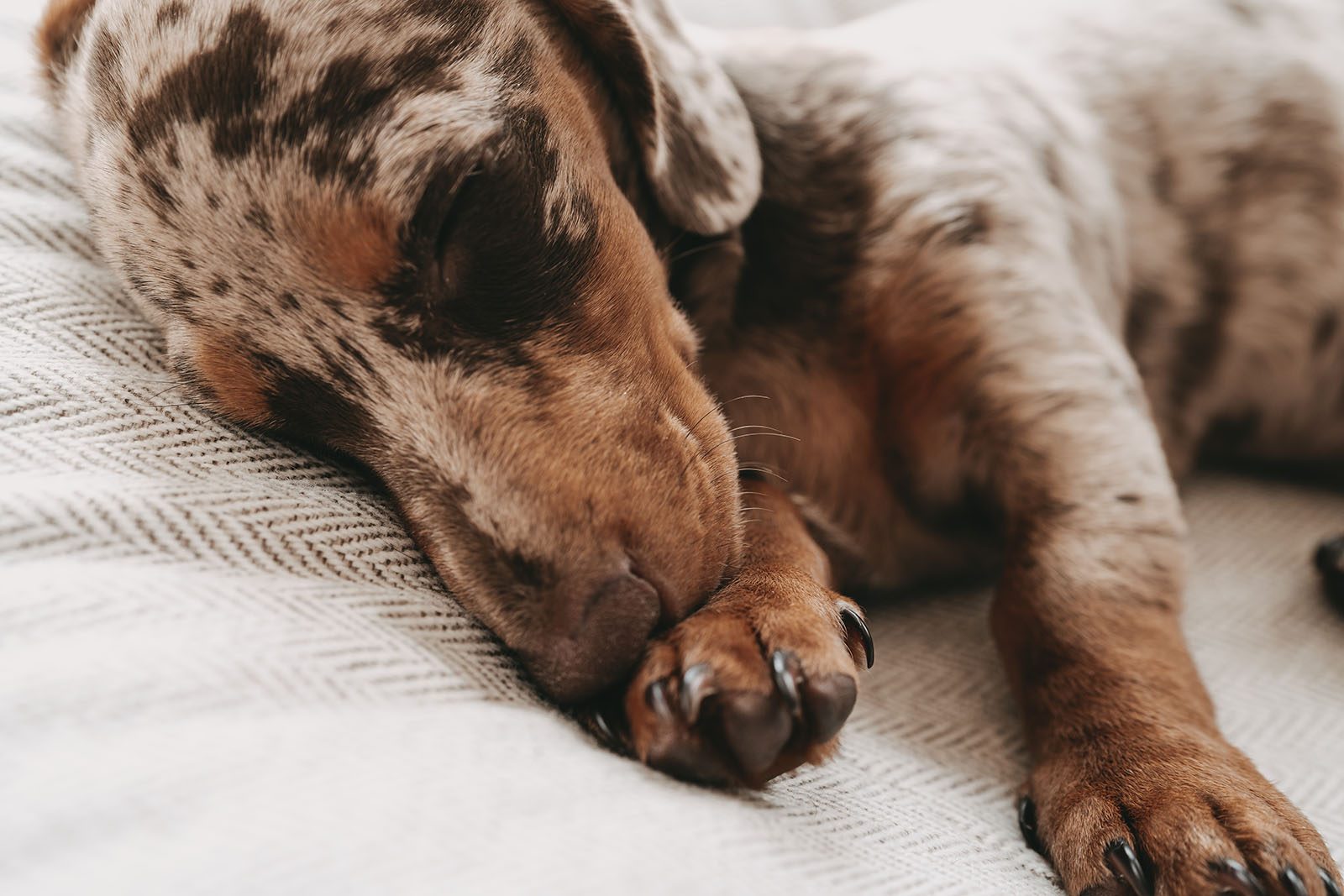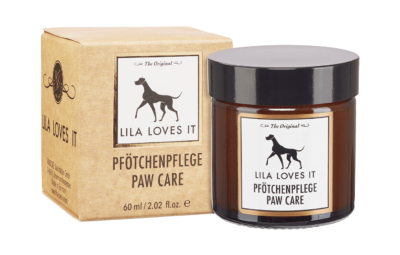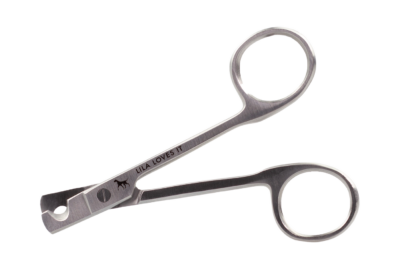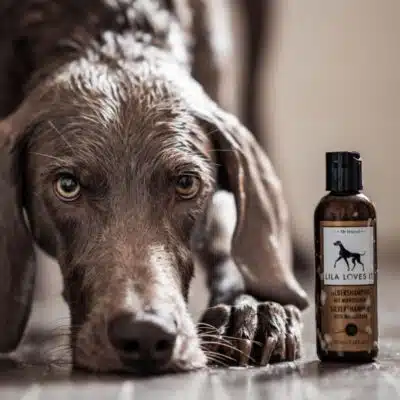The dog’s paw: structure and function
Unlike humans, dogs walk exclusively on their toes. And because nature has not provided shoes for the dog, its paws are equipped with really helpful paw pads on the underside.
The dog collects information from the environment via the paw pads. They are equipped with various receptors for temperature, vibrations and the condition of the ground. At the same time, the dog also gives off information to the environment via the sweat glands located in the pads of the dog’s paws – it leaves behind a scent.
In order to be protected against adverse influences (such as foreign bodies or rough surfaces), the paw pads are covered with a robust horny skin. In addition, the grippy cornea, together with the claws, also ensures a good grip on any type of ground.
A large fat pad located under the thick callus provides the necessary, strong shock suspension – to protect all structures of the musculoskeletal system, especially the bones and joints. The skin located between the toes, on the other hand, enables the dog’s paw to be highly flexible and thus also allows for quick agility. Overall, the paw, and here especially the cornea located towards the ground, bears the dog’s entire weight.
Regular care – a must for healthy dog paws
In this chapter you can read about what exactly you need to consider when caring for your dog’s paws and which tools are required for this.
Checking the dog’s paws
Check all paws regularly for injuries, foreign bodies, redness of the skin between the toes and changes in the condition of the claws. Sometimes the dog itself can be the most important indicator. If the dog licks a certain paw more often, it should be examined more closely. There may be an injury here. If the dog regularly licks or nibbles on several paws, an allergic component could play a role. A vet should take a closer look at this!
Shortening the claws
If the dog does not shed its claws evenly, they should be shortened regularly. It is important to remember that blood and nerve vessels run inside each claw. If you cut into this area, it is very painful for the dog and bleeding will occur. So don’t cut the claws too short. If you are unsure, the vet can also help you here and take over the shortening of the claws.
Care of the paw pads
You should pay special attention to the pads on the dog’s paws. The surface of the pads should be soft and smooth, the pad itself softly elastic. To maintain this condition, regular preventive care is recommended. If the surface is already rough and cracked, you should definitely take action!
Products for dog paw care: place value on natural ingredients
A number of myths still persist on the subject of paw care – and the now almost confusing number of care products available on the market also makes it difficult to choose a good dog paw care product.
Look for purely natural ingredients, preferably even organic quality! Many dogs tend to lick ointments and lotions off their paws. Thus, the ingredients, even if in small quantities, definitely get into the dog’s body.
Vaseline, milking fat and co.
Vaseline, milking fat or similar substances are therefore absolutely unsuitable for dogs’ paws. They have long since disappeared from lip care products for us humans by good and responsible manufacturers – because this can lead to the absorption of an amount of hydrocarbon compounds that is hazardous to health.
Vaseline (petrolatum) – and also milking fat (consisting of petrolatum and others) – are mineral oils. This does not sound so bad at first because of the word “mineral”, but they belong to the group of petroleum derivatives. These are substances that the dog should not ingest through the mouth, as they are potentially harmful to health. And they also have no outstanding effect on the dog’s paws that could not be achieved in a healthier way.
Natural alternatives
Well-suited alternatives are especially fatty substances such as organic coconut oil or deer tallow. These form a reliable protective layer around the paw pads and are completely harmless to health even when ingested by the dog through the mouth.
Ideally, a dog paw care product is enriched with further soothing and regenerating organic-based ingredients. Nourishing plant-based ingredients such as apricot kernel oil, lavender oil or calendula are particularly suitable here. These nourish the demanding skin, help it to regenerate in the event of an injury and strengthen the skin on the pads – so it remains elastic, hard-wearing and strong against external influences. Treat your dog to a high-quality product with the best ingredients, such as our PAW CARE. The paws of our four-legged friends deserve this, so that our dogs can always be healthy and joyful companions.






